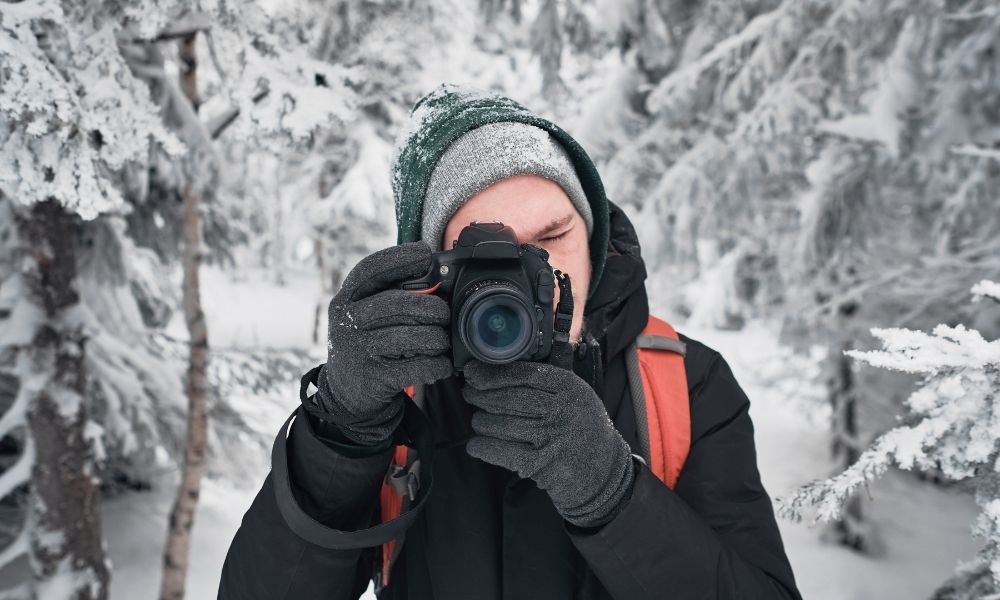
Using professional-grade videography equipment requires special attention to storage and handling on set. For instance, shooting in warm and cold weather are two very different scenarios but are both attainable with the proper preparation. Read these tips to learn how to protect your videography equipment in cold weather conditions.
The Power of Plastic Bags
The biggest hazard your equipment will face in the cold is humidity. Unfortunately, humidity can build up on lenses and other camera gear due to intense temperature fluctuations.
When you take a cold camera into a warm environment, the sudden temperature shift can cause moisture to accrue inside equipment and chip away at its lifespan. Preventing such scenarios requires storing the camera in a plastic bag while carrying it between warm and cold environments.
An airtight plastic bag acts as a secure barrier and combats condensation accrual during production. Eventually, when the equipment gradually warms, you can remove it from the bag and use or store it responsibly. Using a plastic bag with high-quality gear might sound like a novice tactic, but it’s a clever, convenient, and common solution for camera protection.
Let LCDs Acclimate
When determining how to protect your videography equipment in cold weather, prioritizing LCD monitors is essential. Like lenses and cameras, LCDs need time to acclimate in cold conditions.
However, in the case of LCDs, you must wait for them to acclimate on set before you can shoot. The reason for this is that when these screens first enter the cold environment, they typically don’t deliver the rich, consistent colors they otherwise do in better weather.
If you power an LCD monitor on the set during a cold day and the colors don’t look right, don’t worry; simply give the gear some time to adjust to the low temperatures.
Pack Extra Batteries
After obtaining all the essential professional videography equipment for your shoot, always consider potential backups. In other words, bring along replacement lenses, headsets, and other equipment that can easily accrue damage on set.
When shooting in cold weather, camera batteries are among the most vital components you need backups for regularly. Multiple replacements are important because the cold weather drains the batteries quicker than usual. Unless you’re planning to shoot at a remarkably rapid pace, bringing along extra batteries is invaluable.
That way, when one battery loses power, you can quickly swap it out for a fresh charge. As you can see, keeping your gear safe in cold weather is far from challenging. Before your next cold-weather shoot, try these tips to see how a few simple steps will save you a lot of stress on set.
